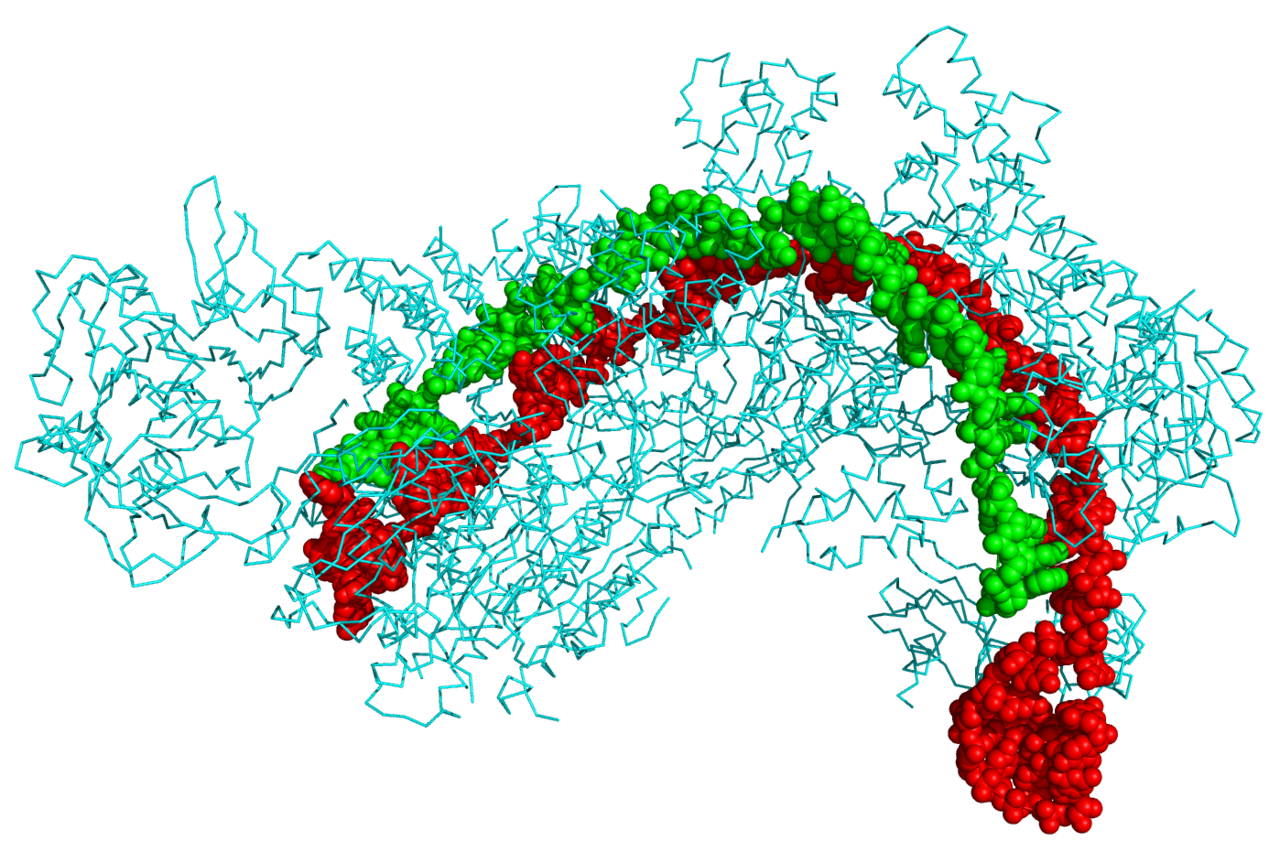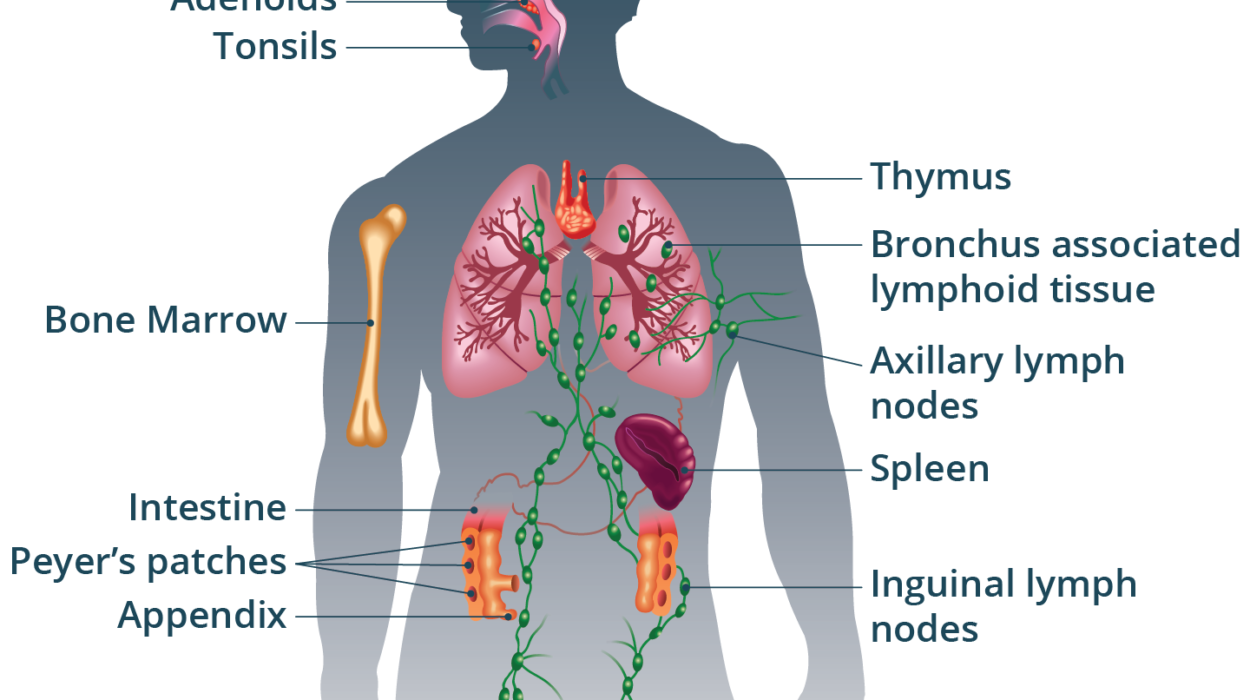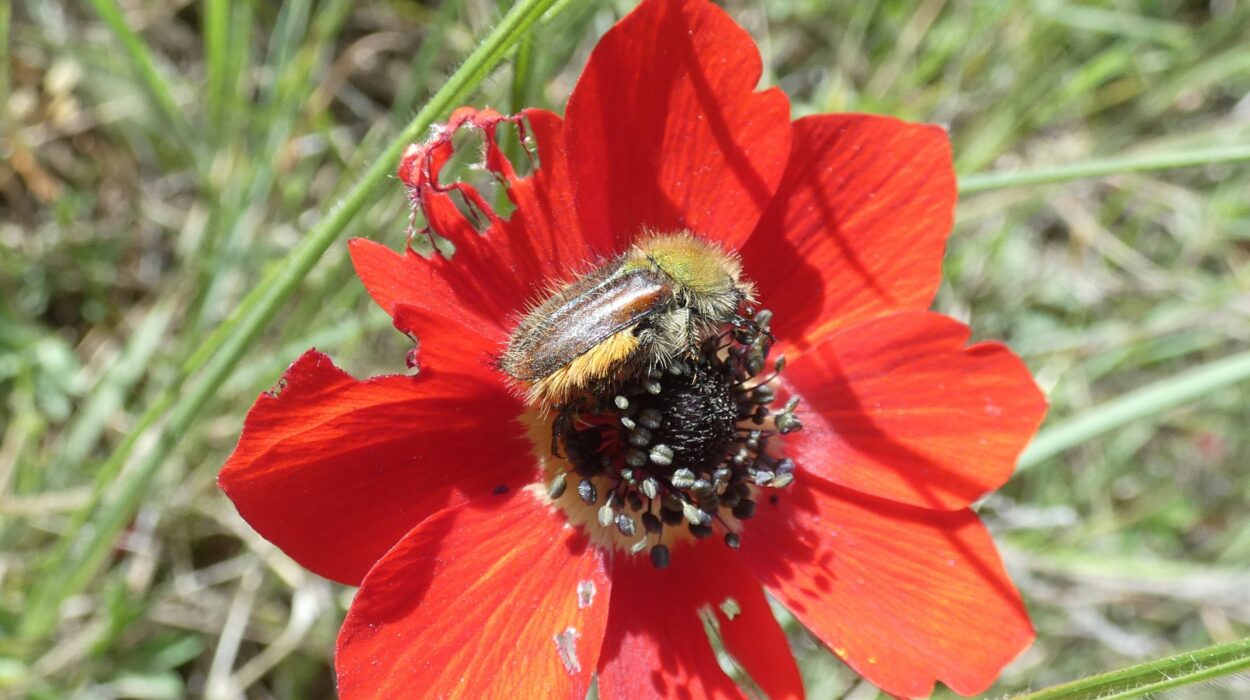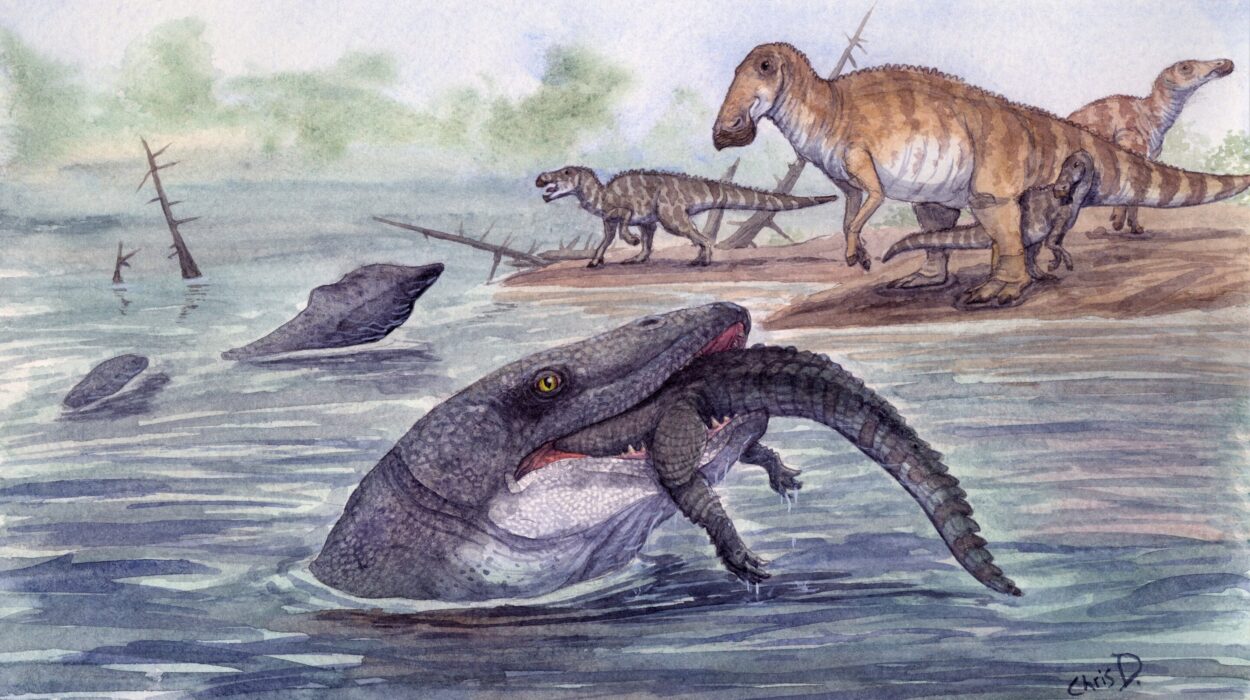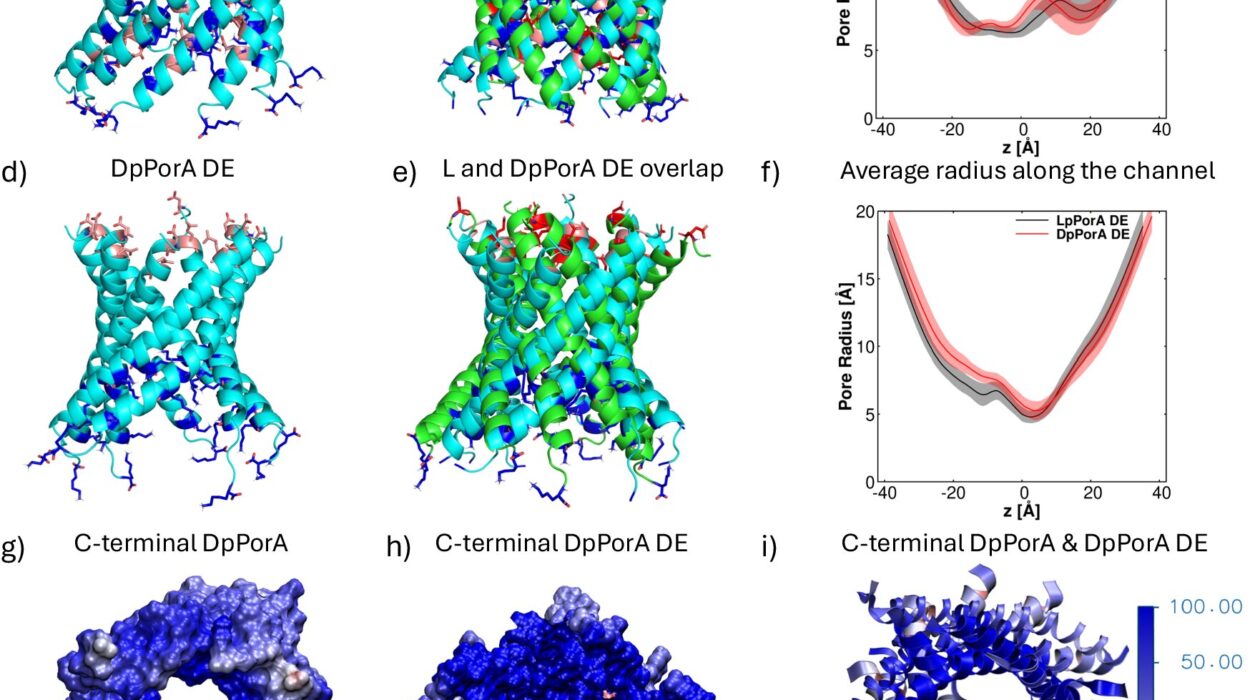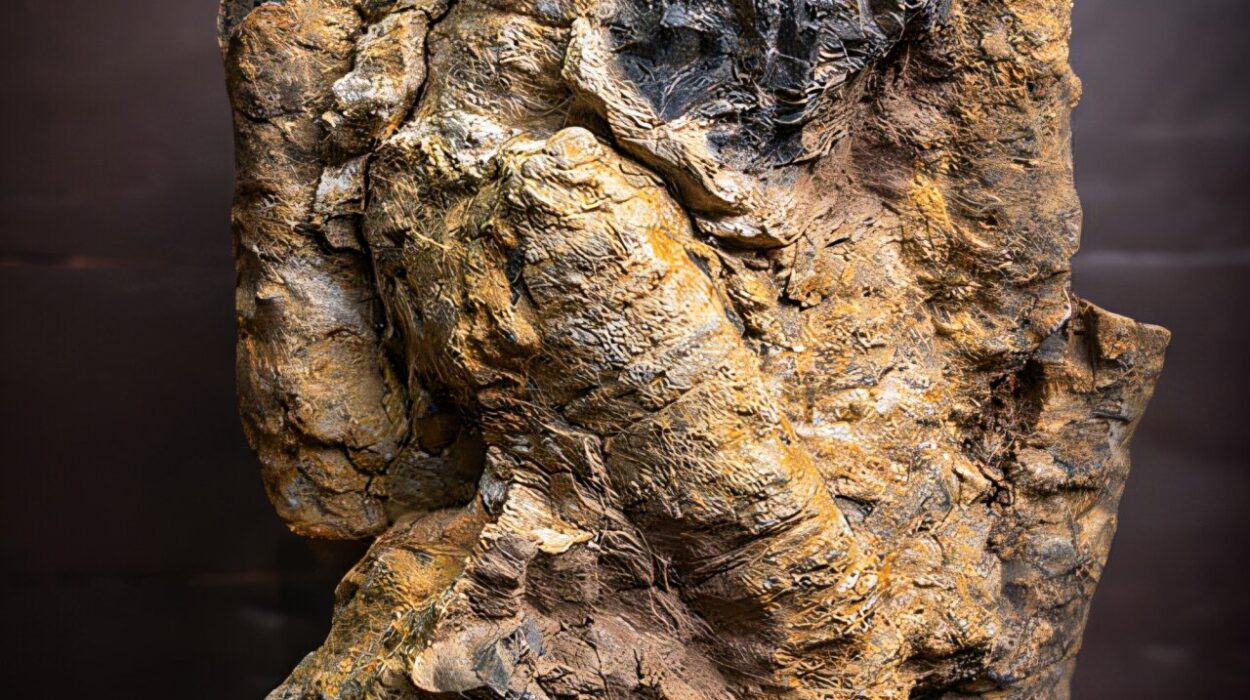Imagine a world where genetic diseases could be erased with the precision of a word processor fixing a typo. A world where crops grow with built-in resistance to pests and drought, and where viral pandemics might be thwarted by rewriting the genetic instructions of infected cells. This vision, once confined to the realm of science fiction, is becoming an everyday reality thanks to CRISPR, a gene-editing technology that is transforming the very foundations of biology.
CRISPR—short for “Clustered Regularly Interspaced Short Palindromic Repeats”—is not a machine or chemical but a natural defense mechanism adapted from bacteria. Its simplicity, accuracy, and versatility have made it the most revolutionary tool in genetic science since the discovery of DNA itself. But while CRISPR offers immense promise, it also raises profound ethical and societal questions about what it means to rewrite life’s code.
To understand the depth of CRISPR’s impact, we must begin with the science—and the strange, almost poetic journey that brought it from the immune systems of humble microbes to the laboratories of world-changing geneticists.
The Microbial Origins of a Genetic Scalpel
Long before humans understood DNA, bacteria were already fighting off genetic invaders. For billions of years, they battled viruses known as bacteriophages—tiny predators that insert their DNA into bacterial cells, hijacking their replication machinery to reproduce.
To survive, bacteria evolved a remarkable immune defense: when a virus attacked, some bacteria managed to capture fragments of the viral DNA and insert them into their own genome at specific, regularly spaced intervals. These captured sequences—CRISPR arrays—served as a genetic memory of past invaders. If the same virus struck again, the bacteria would transcribe these sequences into RNA, which, in partnership with a special enzyme (most famously Cas9), would patrol the cell, recognize matching viral DNA, and cut it to pieces.
What began as a microscopic war between microbes and viruses became, centuries later, the blueprint for a gene-editing revolution. In 2012, scientists Jennifer Doudna and Emmanuelle Charpentier published a groundbreaking paper demonstrating that the CRISPR-Cas9 system could be repurposed to edit DNA in any organism with unprecedented precision. It was like handing humanity a pair of molecular scissors guided by a GPS.
The implications were immediate and breathtaking.
From Discovery to Disruption: The Mechanics of CRISPR
CRISPR works by exploiting the cell’s natural repair mechanisms. To edit a gene, scientists first design a small RNA molecule—called a guide RNA—that matches a specific DNA sequence they want to target. This RNA is paired with the Cas9 enzyme, which acts like a scalpel. Together, they search the genome for the target sequence.
When the guide RNA finds its match, Cas9 cuts both strands of the DNA. The cell, sensing damage, immediately tries to repair the break. This is where the editing magic happens. By supplying a customized piece of DNA along with the CRISPR system, scientists can trick the cell into incorporating this new sequence during the repair process, effectively rewriting the genetic code.
Two main repair pathways govern this process: non-homologous end joining (which often introduces small mutations) and homology-directed repair (which allows for precise edits if a correct template is provided). Depending on the goal—disabling a gene, correcting a mutation, or inserting a new sequence—scientists choose the appropriate strategy.
The beauty of CRISPR lies in its elegance. Unlike older methods of gene editing, which were time-consuming, expensive, and prone to errors, CRISPR is fast, cheap, and incredibly accurate. It has democratized genetic engineering, enabling labs around the world to experiment with ease—and to dream much bigger.
Rewriting the Code of Life
In the years since its introduction, CRISPR has reshaped the biological sciences. Researchers have used it to edit genes in mice, flies, yeast, plants, pigs, and even human embryos. In agriculture, it’s being used to create rice that grows in salty soils, tomatoes that ripen more slowly, and mushrooms that don’t brown. In medicine, it has already begun to reshape the future of genetic disease treatment.
One of the most striking successes came in the treatment of sickle cell anemia—a painful, inherited blood disorder caused by a single-letter mutation in the beta-globin gene. In 2019, a patient named Victoria Gray became the first person in the United States to receive a CRISPR-based therapy for the disease. Scientists extracted her bone marrow cells, used CRISPR to tweak the regulation of hemoglobin production, and reinfused the corrected cells back into her body. The treatment was a resounding success—Victoria’s symptoms disappeared, and she gained a new lease on life.
Similar approaches are being developed for other monogenic diseases, including cystic fibrosis, muscular dystrophy, and Huntington’s disease. The possibility of correcting a child’s genetic destiny before birth—though still highly controversial—is now on the scientific horizon.
Infectious diseases have also become a target. During the COVID-19 pandemic, CRISPR-based diagnostics emerged that could detect viral RNA quickly and inexpensively. Some researchers are even exploring CRISPR as a potential antiviral treatment, capable of targeting and slicing viral genomes inside infected human cells.
The Promise and Peril of Germline Editing
Among the most ethically charged applications of CRISPR is germline editing—altering the DNA of embryos, eggs, or sperm in ways that are heritable and permanent. While editing somatic (non-reproductive) cells affects only the treated individual, germline edits pass down through generations.
In 2018, Chinese scientist He Jiankui shocked the world by announcing he had used CRISPR to edit the genomes of twin embryos to make them resistant to HIV. The news sent ripples through the scientific community, not just because of the ethical violations (He had proceeded in secrecy and without proper oversight) but because it marked the first time humans had been genetically engineered at the embryonic level.
The backlash was swift. Scientists condemned the experiment, not only for its ethical lapses but for its lack of medical necessity, potential off-target effects, and the possibility of unintended consequences that could emerge later in life—or in future generations.
Nonetheless, the genie is out of the bottle. As the technology improves, calls for global frameworks to regulate germline editing grow louder. Should we allow gene editing to prevent serious genetic disorders? What about enhancements—like increased intelligence or athleticism? Who decides what is acceptable, and who gets access to these technologies?
CRISPR has opened a new chapter in human evolution, but it is a chapter that demands careful authorship.
CRISPR in the Natural World: Agriculture and Ecology
Beyond the human genome, CRISPR is already transforming how we interact with the natural world. In agriculture, gene editing allows for precise modifications without introducing foreign DNA, sidestepping many of the controversies associated with traditional GMOs.
Plants can be made more nutritious, resilient, and productive. For example, scientists have developed CRISPR-edited wheat resistant to powdery mildew, and tomatoes that flower and fruit more quickly—an advantage in regions with short growing seasons.
CRISPR also has applications in pest control. One of the boldest ideas involves gene drives—genetic constructs that spread certain traits through a population faster than normal inheritance would allow. Scientists have proposed using gene drives to eliminate malaria-carrying mosquitoes by editing them so they produce only male offspring, leading to population collapse. Similar approaches are being considered to control invasive species.
But ecological interventions come with risk. What if a gene drive spreads to unintended species, or disrupts an ecosystem in unforeseen ways? Once released, these edits cannot easily be undone. The stakes are as high as the potential rewards.
Precision, Pitfalls, and the Pursuit of Safety
While CRISPR has been celebrated for its accuracy, it is not without flaws. Off-target effects—where the Cas9 enzyme cuts unintended sites in the genome—remain a concern, particularly in clinical applications. Such errors could potentially lead to cancer or other health problems if not properly controlled.
To address this, researchers are continually refining the technology. High-fidelity variants of Cas9 have been developed to reduce off-target cuts. Base editors—tools that enable the precise conversion of one DNA letter to another without cutting the DNA—offer even more subtle and controlled edits. Prime editing, another innovation, allows for versatile and programmable changes without requiring double-stranded breaks.
Each of these developments adds a new layer of control, moving CRISPR ever closer to becoming a safe and reliable therapeutic tool. But the push for speed must be tempered with caution. Regulatory bodies like the FDA and the European Medicines Agency are grappling with how to oversee a technology that evolves faster than legislation can follow.
In parallel, bioethicists, patient advocates, and community stakeholders are working to ensure that CRISPR’s benefits are distributed equitably—and that we don’t repeat the injustices of past medical revolutions.
The Philosophical Dimensions of Gene Editing
As science edges closer to rewriting the blueprint of life, society is being forced to confront age-old philosophical questions in new forms. What does it mean to be human? Is our DNA destiny, or a draft we are free to revise? Where is the line between healing and enhancement, between therapy and design?
For some, the idea of editing genes is a natural extension of humanity’s drive to alleviate suffering. For others, it raises fears of eugenics, inequality, and a loss of the randomness that makes us human. Might we engineer away not just disease, but diversity? Could we create a world where those with unedited genomes are stigmatized, or where parental expectations reshape childhood before it begins?
These are not questions science can answer alone. They demand input from ethicists, artists, theologians, historians, and the public at large. CRISPR does not exist in a vacuum—it is shaped by the stories we tell about it, and the choices we make as a society.
Looking Ahead: The CRISPR Future
The future of CRISPR is unfolding on multiple frontiers. In medicine, the first FDA-approved CRISPR therapy for sickle cell disease is paving the way for a new class of genetic treatments. In agriculture, CRISPR-edited foods may soon appear in markets worldwide. In conservation, efforts are underway to use CRISPR to save endangered species or even resurrect extinct ones—like the woolly mammoth.
Meanwhile, research continues on more sophisticated forms of editing. Epigenetic editing—tweaking how genes are turned on or off without altering the DNA itself—may offer a way to treat disease while minimizing risks. Synthetic biology, powered by CRISPR, is enabling the design of entirely new biological systems from scratch.
The pace is dizzying, and the possibilities are vast. Yet the core challenge remains: how to harness this technology wisely, safely, and justly.
A Revolution Within the Cell—and Ourselves
CRISPR is not just a tool; it is a mirror reflecting our deepest aspirations and anxieties. It represents our longing to fix what is broken, to perfect what is flawed, and to take control of a destiny once governed by chance.
But with that power comes responsibility. As Jennifer Doudna herself has said, CRISPR compels us to “think broadly about the implications of what we’re doing.” It is no longer enough to ask what we can edit. We must also ask what we should.
We stand at the threshold of a new biological epoch—one where the cell becomes not just the unit of life, but the canvas for human imagination. The decisions we make now will shape the genetic legacy of generations to come.
In the spirals of DNA, we have found not just our origins, but our future. And with CRISPR, we hold the pen.
